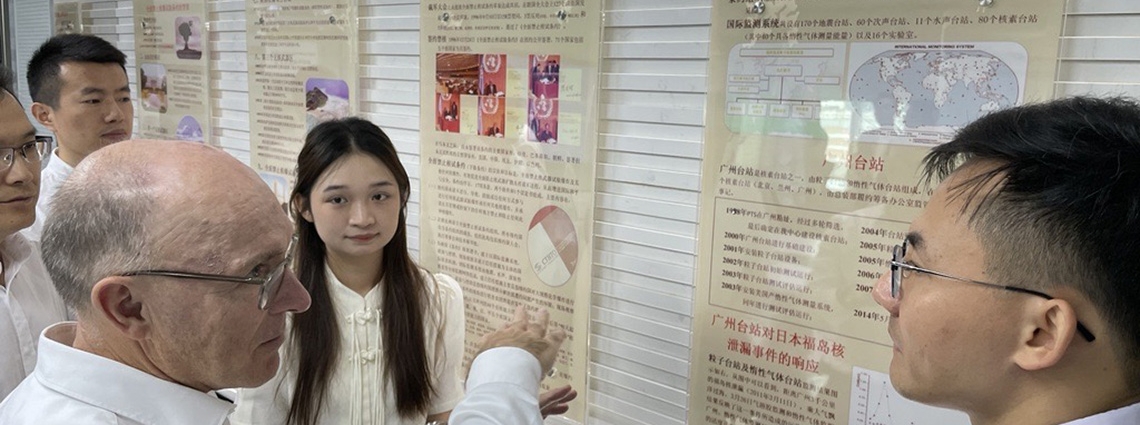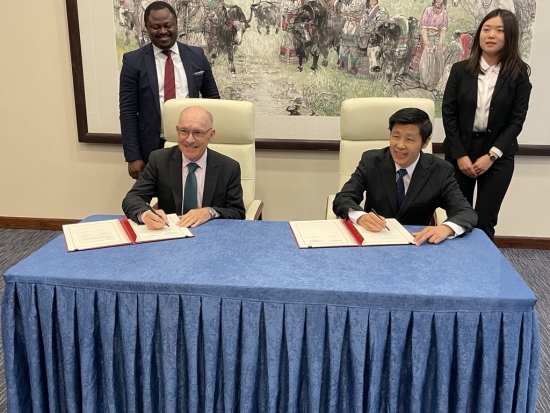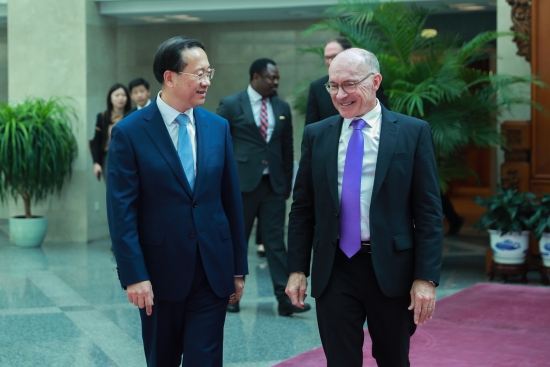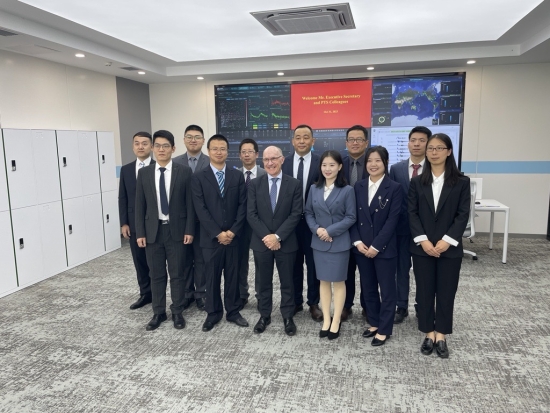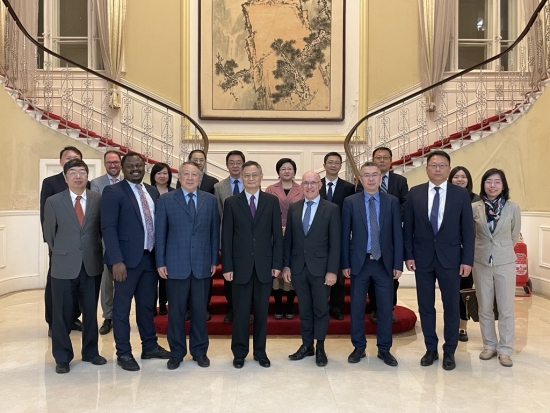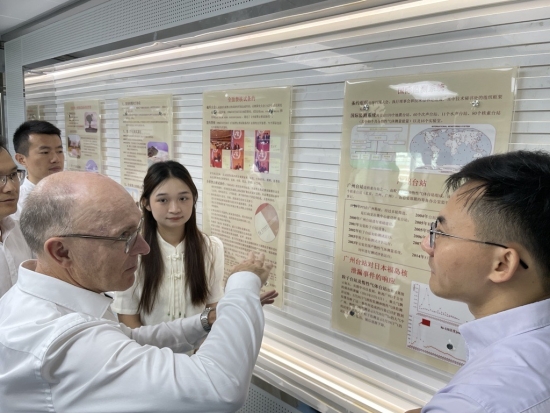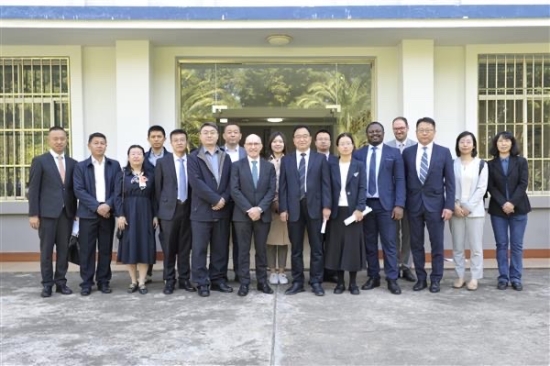CTBTO Executive Secretary makes first visit to China
The Executive Secretary of the Comprehensive Nuclear-Test-Ban Treaty Organization (CTBTO), Robert Floyd, highlighted the significant and growing partnership between the CTBTO and the People's Republic of China during his recent trip to the country.
Growing partnership strengthens commitment to the Treaty
In his first visit to China as Executive Secretary, Floyd met with high-level government officials and visited China’s National Data Centre (NDC) and several International Monitoring System (IMS) facilities.
The week-long trip began with a bilateral meeting in Beijing with Sun Xiaobo, Director General of the Department of Arms Control and Disarmament in the Ministry of Foreign Affairs, to discuss the country’s sustained support for the Comprehensive Nuclear-Test-Ban Treaty (CTBT) and making further progress toward completion of the Chinese portion of the IMS network.
While in the Chinese capital, Floyd also met with Ma Zhaoxu, Executive Vice Foreign Minister of China, who welcomed the visit as the beginning of “a new chapter” in the China-CTBTO partnership. He underscored his country’s commitment to the Treaty and deepening established ties with the Organization, whilst praising the work of the Preparatory Commission.
Discussing progress towards the Treaty’s universalisation, Floyd described the CTBT as “a bright spot on the global nuclear non-proliferation and disarmament landscape.” He shared his expectation that the momentum towards the CTBT’s universalisation and entry into force would continue.
Floyd and Ma also emphasised their shared commitment to enhancing capabilities in developing countries, especially through the NDCs4All initiative aimed at ensuring that all States Signatories can enjoy the full benefits of their CTBT membership and use the wealth of data available for Treaty verification, for civil and scientific purposes.
China works with CTBTO to continually enhance its National Data Centre
Floyd then visited China’s NDC led by Director Wang Xiaoming, praising its staff for their professionalism and deep technical ability. NDCs are national technical institutions tasked with advising their governments on the verification of the CTBT based on IMS data and products, analysed by the International Data Centre (IDC) and provided to all States Signatories.
As a further step in the growing relationship with the Organization, the Chinese NDC will host the CTBTO NDC workshop in 2024. The workshop will serve as a platform for experts from around the world to come together and share experiences, enhancing their ability to carry out verification activities.
China’s NDC also hosts radionuclide laboratory RL06 which uses radionuclide monitoring, one of the four technologies used by CTBTO’s IMS to detect, locate, and distinguish between an underground nuclear explosion and natural and man-made events. Achieving certification of the laboratory will be an important milestone for the completion of the IMS, and deepening cooperation between the CTBTO and China.
Following his visit to the NDC, Floyd discussed the management of seismic stations and the importance of cooperative and continuous partnership with the China Earthquake Administration in a meeting with Vice-Administrator Yin Chaomin.
At the China Arms Control and Disarmament Association (CACDA), the Executive Secretary discussed with leading experts the importance of the CTBT and its entry into force: “We share the common goal of a safer and more peaceful world, ultimately one without nuclear weapons, and will continue to collaborate in pursuit of that aim.”
China’s contribution to CTBT’s unique global monitoring system
The last stretch of the Executive Secretary’s trip featured visits to IMS stations. When complete, the Chinese segment of the IMS network will include 12 facilities: two infrasound stations, four auxiliary seismic stations, two primary seismic stations, three radionuclide stations and one radionuclide laboratory.
With five IMS facilities currently certified, Floyd emphasised the importance of moving forward with the certification of the country’s remaining facilities. A facility is certified and officially joins the IMS network when it meets all technical requirements set forth by the CTBTO Preparatory Commission and submits reliable data to the IDC.
While visiting IMS stations AS21 in Kunming and RN22 in Guangzhou, the CTBTO Executive Secretary acknowledged the hard work and important contributions of station operators and local experts in building up and maintaining the CTBTO monitoring capability.
10 Nov 2023
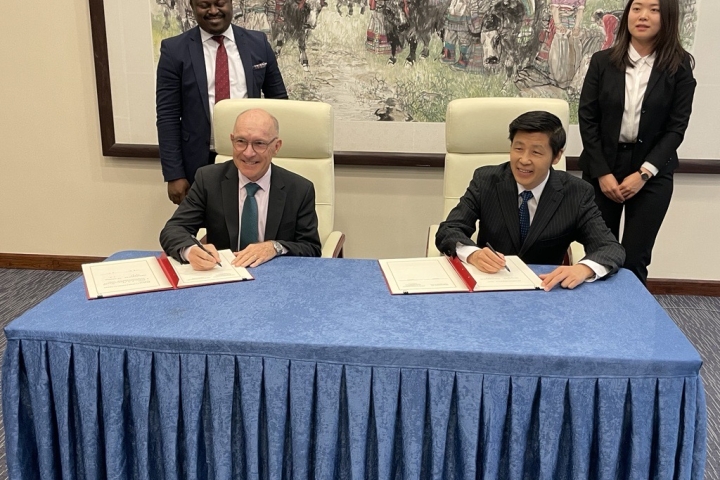
Sun Xiaobo meeting CTBTO Executive Secretary Robert Floyd in Beijing
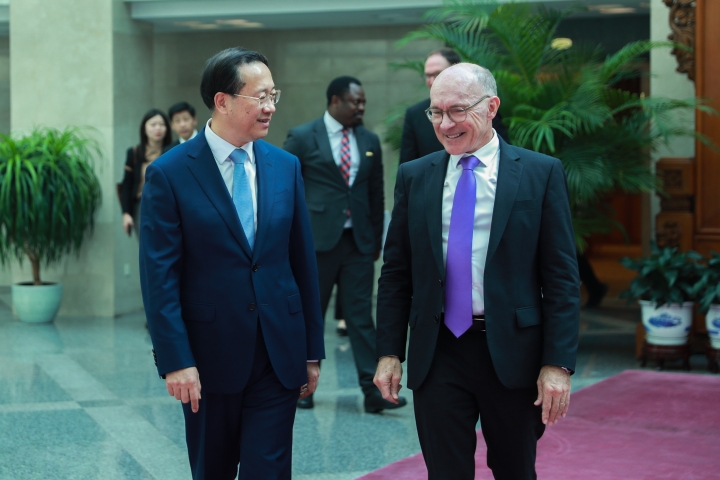
Ma Zhaoxu, Deputy Foreign Minister of China meeting CTBTO’s Floyd
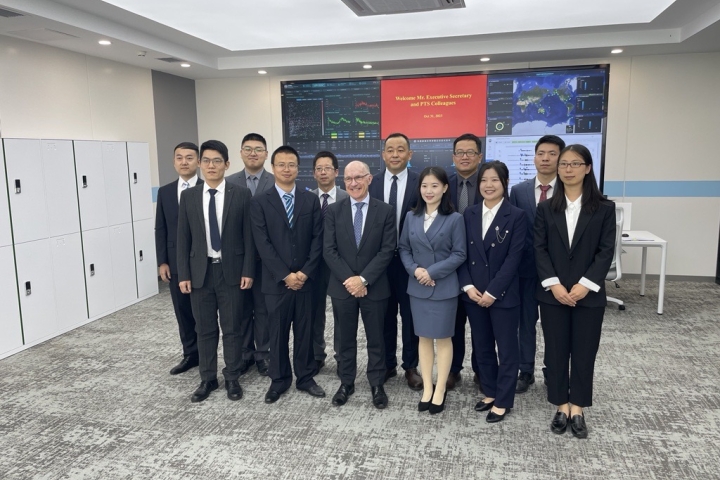
CTBTO Executive Secretary Floyd visited China’s NDC and met the team
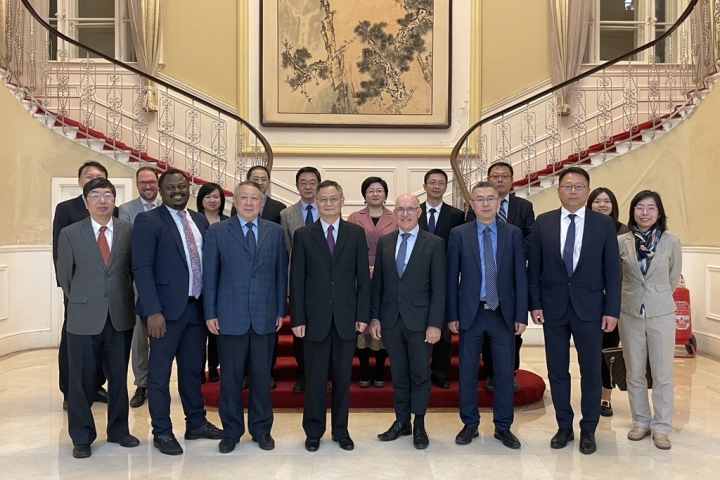
Meeting leading experts at the CACDA
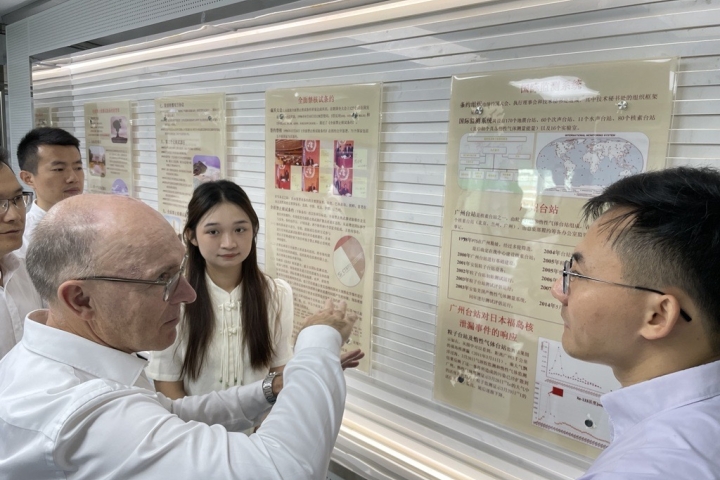
CTBTO Head visiting the Guandong Environmental Radiation Monitoring Centre, which operates RN22
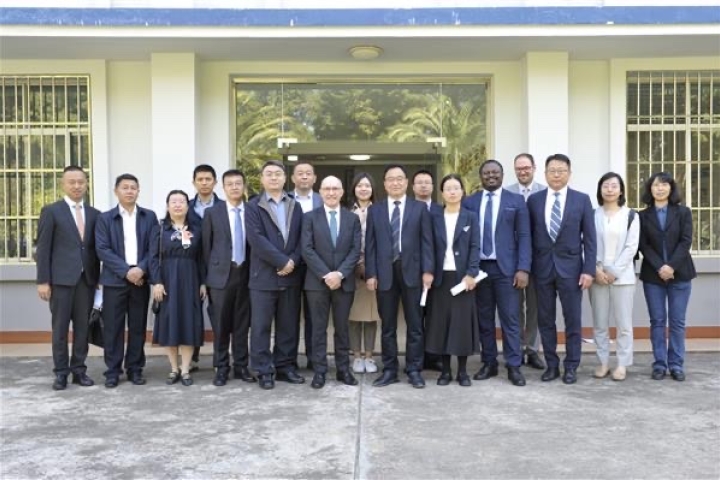
Meeting the team at the Kunming Central Earthquake Station, host of AS21
